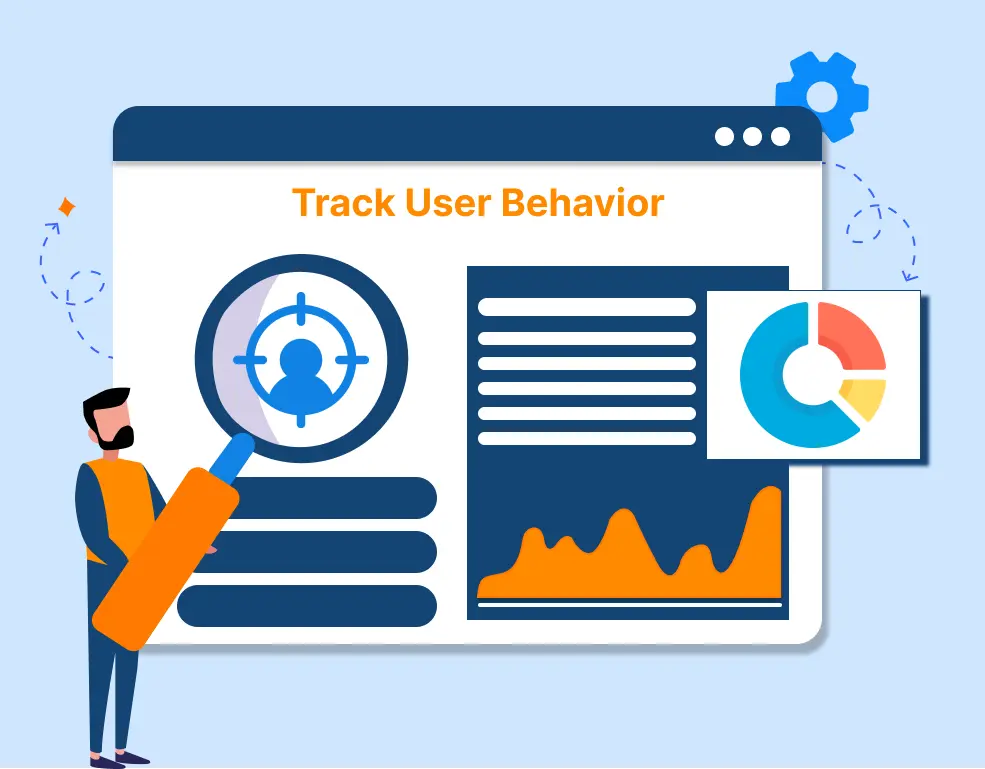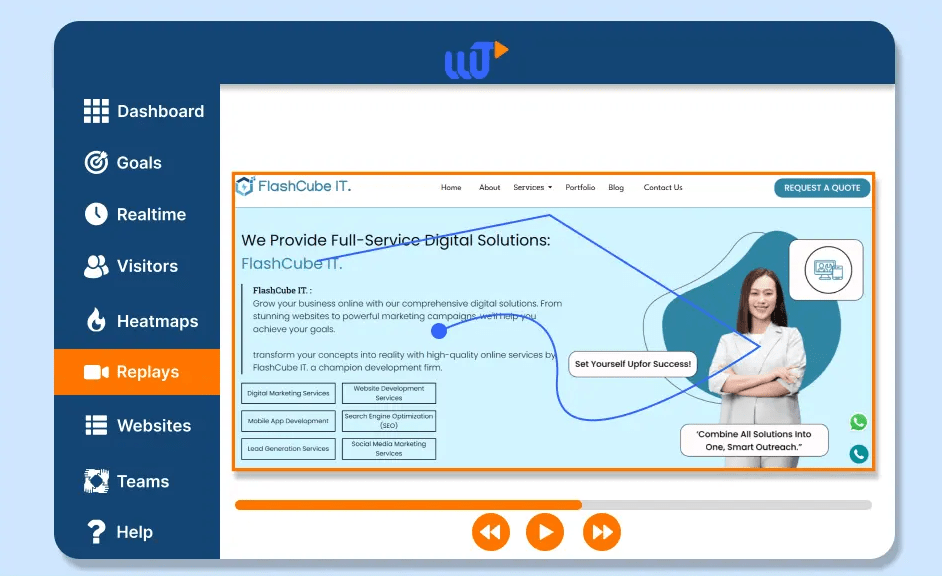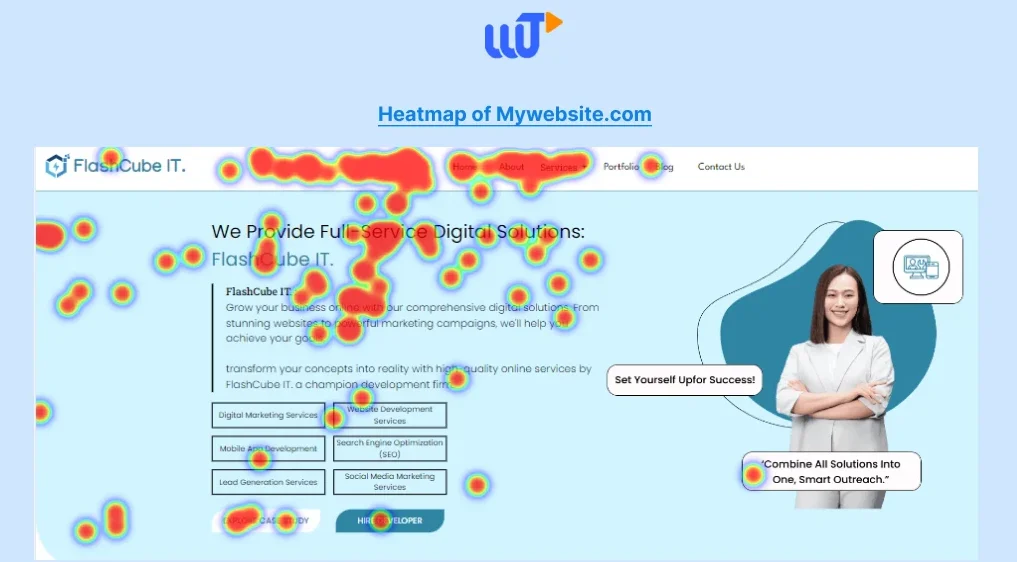
In today’s digital age, online reputation plays a critical role in gaining users and customers. An impeccable online reputation not only enhances brand image but also significantly boosts conversion rates. By effectively managing your online reputation, you can attract a wider audience and foster trust among potential customers.
This comprehensive guide delves into eight strategic steps to improve your online reputation and gain more users and customers. Incorporating essential keywords such as online reputation management, conversion rate optimization, and user acquisition strategies, this article provides valuable insights to help you navigate the digital landscape successfully.
1. Use On-Site and External Surveys to Capture User Feedback

Surveys are an excellent tool for gathering feedback from your users, both on and off your site. By asking a mix of closed and open-ended questions, you can gain valuable insights into your users’ experiences with your website, product, and brand. For instance, Customer Satisfaction (CSAT) surveys can reveal how users feel about your site’s user experience (UX), products, and customer service.
To maximize the effectiveness of your surveys:
- Clearly define your goals and what you aim to learn.
- Select a survey template that aligns with your objectives.
- Keep surveys concise to avoid overwhelming respondents.
- Avoid leading questions to ensure unbiased feedback.
Pro Tip: Utilize AI-powered tools to create, analyze, and generate reports from surveys quickly, allowing you to focus on making improvements that delight your customers.
2. Conduct Interviews to Understand Customer Needs
Interviews offer a deeper understanding of your users’ goals, motivations, and pain points. By having real conversations with your customers, you can empathize with their experiences and gather detailed feedback. Recording and transcribing these interviews can help you highlight key insights and make informed decisions.
To conduct effective interviews:
- Start with icebreaker questions to make interviewees comfortable.
- Ask for specific examples to better understand their experiences.
- Follow up with a thank-you email to show appreciation for their time.
3. Monitor Online Mentions of Your Business
Keeping track of online mentions helps you address both positive and negative comments promptly. This proactive approach demonstrates that you value customer feedback and are committed to improving their experience.
To effectively monitor online mentions:
- Set up Google Alerts for your business name and relevant keywords.
- Use social listening tools like Hootsuite, Brandwatch, or Mention.
- Regularly check industry-specific review sites and forums.
- Respond to customer inquiries and feedback via email promptly.
4. Observe User Behavior on Your Site

Understanding how users interact with your site is essential for identifying and resolving UX issues. Tools like session recordings, heatmaps, and funnels provide valuable insights into user behavior, helping you optimize their journey and enhance your online reputation.
I. Session Recordings

Session recordings capture user interactions, showing where they click, scroll, and encounter issues. Analyzing these recordings can help you identify and fix UX problems before they impact a larger audience.
II. Heatmaps

Heatmaps visualize user interactions on your site, highlighting which elements receive the most attention and which are ignored. This information helps you optimize design elements and calls-to-action (CTAs) for better user engagement.
III. Funnels

Funnels track the steps users take on your site, identifying where they drop off or convert. By analyzing funnel data, you can make targeted improvements to increase conversions and enhance user satisfaction.
5. Respond to Negative Reviews Promptly and Professionally
Addressing negative feedback quickly shows users that you take their concerns seriously and are committed to improving their experience. This approach can turn a negative situation into a positive one and enhance your brand’s reputation.
To handle negative reviews effectively:
- Respond as soon as possible with a solution.
- Maintain a courteous tone, even if the feedback is harsh.
- Acknowledge the user’s concern and provide a concise response.
- Be transparent about the steps you will take to resolve the issue.
- Use negative feedback as an opportunity to learn and improve.
6. Share Customer Reviews and Testimonials
Positive reviews and testimonials serve as social proof, building trust and encouraging new customers to try your products or services. Sharing success stories and detailed case studies can create an emotional connection with your audience.
To leverage social proof:
- Post good reviews and testimonials on your website and social media.
- Use real names and photos of customers (with their permission).
- Share detailed success stories and case studies.
- Encourage customers to share their experiences on social media.
7. Utilize Social Media to Engage with Your Audience

Active engagement on social media platforms helps you build a positive online reputation. Respond to comments, share valuable content, and interact with your followers to create a loyal community around your brand.
To enhance social media engagement:
- Post regularly and consistently.
- Share a mix of promotional and educational content.
- Respond to comments and messages promptly.
- Use social media analytics to track engagement and refine your strategy.
8. Implement a Reputation Management Strategy
A comprehensive reputation management strategy ensures that you proactively monitor and improve your online reputation. This strategy should include regular audits, tracking key metrics, and making data-driven decisions to enhance your brand image.
To create an effective reputation management strategy:
- Conduct regular audits of your online presence.
- Monitor key metrics such as reviews, mentions, and social media engagement.
- Make data-driven decisions to address issues and capitalize on opportunities.
- Continuously refine your strategy based on feedback and performance.
By following these eight steps, you can effectively improve your online reputation, attract more users, and convert them into loyal customers. A strong online reputation not only boosts your credibility but also drives business growth and success.
Conclusion
Improving your online reputation is essential for attracting and retaining users and customers. By implementing these eight steps—ranging from capturing user feedback and conducting interviews to monitoring online mentions and leveraging social proof—you can build trust, enhance user experiences, and drive conversions. A proactive approach to online reputation management will ensure your brand remains credible and appealing, ultimately contributing to long-term business success.







